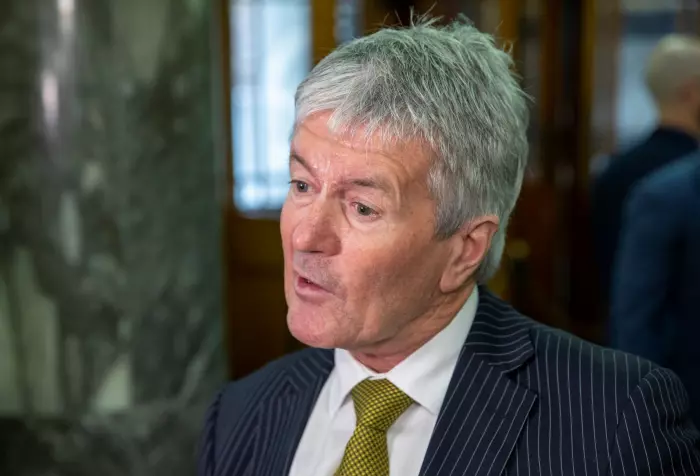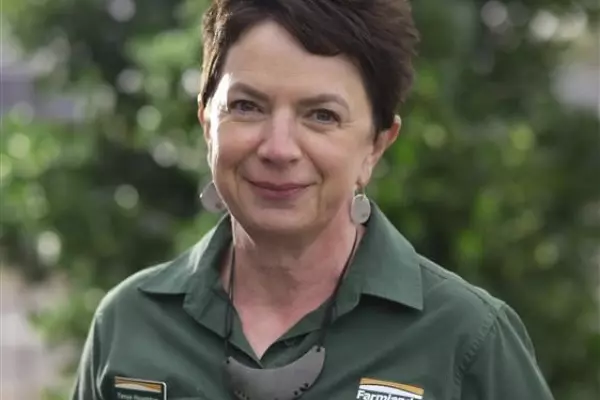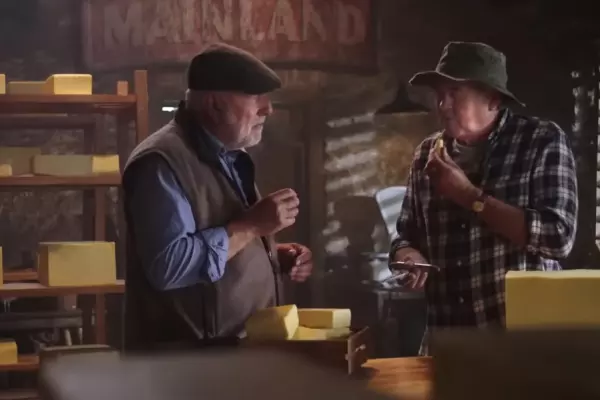The government is under pressure to reveal whether it is planning a fertiliser tax, which some warn will raise food prices even further.
Several sources, who declined to be identified, told BusinessDesk they are preparing for the tax. The sources are inside and outside of the primary sector.
BusinessDesk has been told a tax of about $150 a tonne could be imposed on fertiliser, such as urea.
The Act party's agriculture spokesman, Mark Cameron, is due to ask agriculture minister, Damien O'Connor, about the issue in Question Time today at parliament.
It's unclear whether fertiliser producers or buyers would foot the bill and whether a potential tax would apply above the existing application cap of 190kg a hectare per year.
That cap, announced by environment minister David Parker in the last term of government, was due to be reviewed this year.
Urea is the most common nitrogen fertiliser used on arable and dairy farms.
In the 2021/22 year, NZ used roughly 400,000 tonnes, for a cost at $150 a tonne or $60 million if it were levied on total consumption.
Ag in the ETS
The tax option is looming against a backdrop of rising speculation ministers are getting fed up with the lack of movement in the industry-led response to emissions reduction.
He Waka Eke Noa – Primary Sector Climate Action Partnership, an alliance between the government, the primary sector and Māori, was formed in 2019 to develop recommendations on an alternative pricing system for agricultural emissions.
If an alternative isn't reached, agriculture emissions will be automatically included in the emissions trading scheme in 2025.
In the latest developments, the government released a section 215 report under the Climate Change Response Act, outlining several changes to the proposed agricultural emissions pricing system after a public consultation.
He Waka Eke Noa industry partners, which jointly submitted on emissions pricing, have said the report is moving in the right direction, while noting there was still work to do on the details.
The next step is for cabinet to make final policy decisions on agricultural emissions pricing. It is not clear when this will happen.
Sources close to the process have told BusinessDesk that the HWEN process stalled following the resignation of Jacinda Ardern as prime minister.
While Ardern championed the initiative at the cabinet table, her replacement, Chris Hipkins, is said to have been far less engaged on its completion.
Won’t say
A spokesperson for agriculture minister Damien O’Connor last week told BusinessDesk that decisions on emissions pricing were still under consideration by cabinet.
The government is still committed to the He Waka Eke Noa proposals and getting an effective emissions pricing system in place.
The spokesperson said New Zealand’s comparative edge was dependent on lifting the country’s sustainability credentials, and the government had invested “steadily” to support farmers and growers to do so.
“Market signals from overseas continue to strengthen in this space.”
Ministers had been and would continue to work with farming leaders, the spokesperson said.
Act wants it ruled out
Amid the speculation, Act said it would repeal any fertiliser tax.
The party’s agriculture spokesperson Mark Cameron said rural New Zealand was already under “enormous stress” and food prices have been rising at a record rate.
“This tax would be a blunt instrument because it will punish farmers for the inputs they use rather than the outcomes they achieve. They will pay the tax no matter what they do to mitigate the effects of the fertiliser they use.”
“A fertiliser tax, while affecting most farmers, will disproportionally impact the arable and vegetable growing sectors. These are not export industries – they provide cereals and fresh vegetables for New Zealanders, and a tax will increase the price of both.
Complex issue
The 2019 Tax Working Group put forward a potential fertiliser tax in its suite of proposals, something the then-revenue minister Stuart Nash said wouldn't be looked at in that term of parliament, where Labour was in coalition with NZ First and the Greens.
In a submission to the Tax Working Group in 2018, the Fertiliser Association said it was “very clear” the management of nitrogen and phosphorus levels in NZ waterways was a “complex issue”.
That was because they varied by catchment and land use, soil type and terrain and climate.
Therefore, nitrate and phosphate losses were unlikely to be successfully managed by a “blunt” tax instrument applied at a national level.
“It would not be efficient or effective”, the association said.
Inflation
A tax would disproportionately hit dairy farmers and arable growers versus sheep and beef due to the nature of their farming practices.
Stats NZ data shows while fertiliser prices have come down from their peak, they are still up 59% since Russia invaded Ukraine early last year.
Russia and Belarus both produce fertiliser, which meant sanctions imposed on their exports had impacted global supply, driving the price.
Rabobank’s Vitor Cacula Pistoia said, in a recent report, further price cuts for fertiliser were expected over the remainder of the year – especially for phosphate fertilisers.
“Due to intrinsic characteristics, fertiliser price movements in New Zealand tend to lag behind those in international markets, and we anticipate the price falls we’ve seen in other regions will flow through to New Zealand prices over coming months.”









